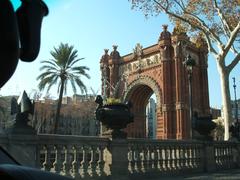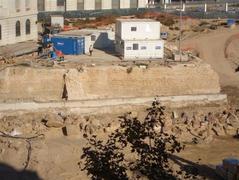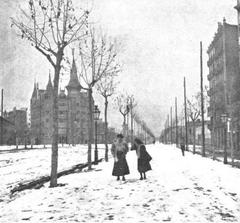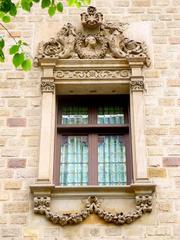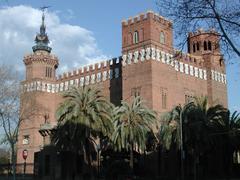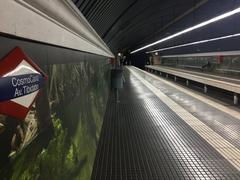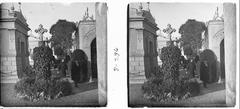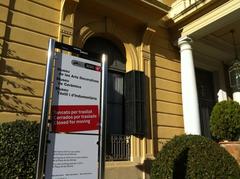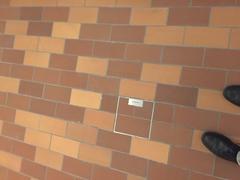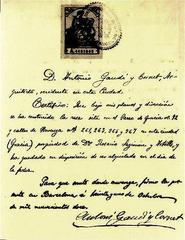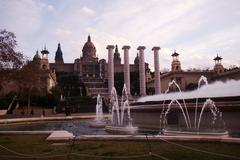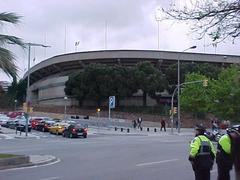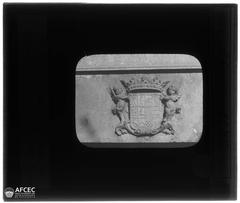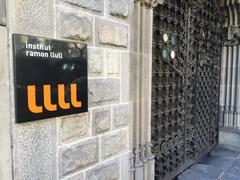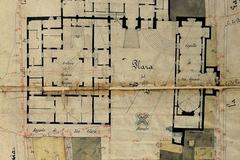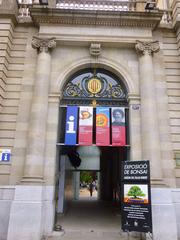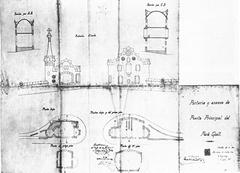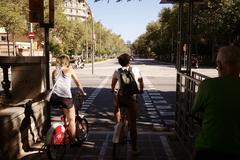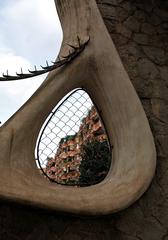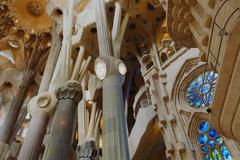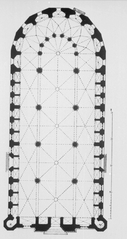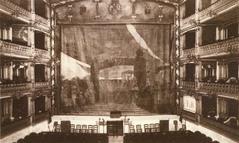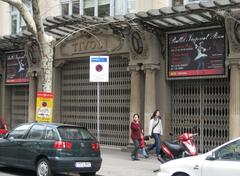Comprehensive Guide to Parc del Laberint d’Horta
Date: 17/07/2024
Introduction
Nestled in the Horta-Guinardó district of Barcelona, Parc del Laberint d’Horta is a remarkable blend of historical significance and natural beauty. Established in the late 18th century, this park serves as a testament to the artistic collaboration between Joan Antoni Desvalls, the sixth Marquess of Llupià, and Italian architect Domenico Bagutti. Their vision materialized into an intricate neoclassical garden that has captivated visitors for centuries. The park’s labyrinth, formed by towering cypress hedges, is not only its most iconic feature but also a symbol of its rich cultural heritage. Today, Parc del Laberint d’Horta is a cherished public space in Barcelona, offering a serene escape from the urban hustle and providing historical, architectural, and natural wonders that make it a must-visit destination. This guide aims to provide an in-depth exploration of the park’s history, visiting hours, ticket prices, and essential travel tips to help you plan a memorable visit.
Table of Contents
- Introduction
- History and Significance
- Visitor Information
- Special Events and Guided Tours
- A Legacy Preserved - The Significance of Parc del Laberint d’Horta
- FAQ
- Conclusion
History and Significance
The Parc del Laberint d’Horta traces its origins back to the vision of Joan Antoni Desvalls, the sixth Marquess of Llupià, and the artistry of Italian architect Domenico Bagutti. In 1791, Desvalls commissioned Bagutti to design a neoclassical garden on his estate. The result was a harmonious blend of Italian neoclassical and Romantic gardens, a testament to their combined genius.
A Neoclassical Dream Unveiled
The dream began to take shape in 1791. Desvalls, a prominent figure with a penchant for landscaping, brought Bagutti and French gardener Joseph Delvalet on board. Their collaboration resulted in the park’s iconic labyrinth, an intricate maze formed by towering cypress hedges, added in 1800.
From Private Estate to Public Treasure
For over a century, the estate remained a private sanctuary. However, in 1967, facing the burden of upkeep, the Desvalls family sold the estate to the Barcelona City Council. In 1971, after careful restoration, the park opened its gates to the public.
More Than Just a Labyrinth - Architectural and Historical Gems
While the labyrinth is the park’s most iconic feature, it also boasts architectural and historical wonders:
- The Palace: Dating back to the 18th century, the palace reflects the architectural styles of the Desvalls family’s era.
- The Romantic Garden: Added in the 19th century, this section embraces the Romantic movement with waterfalls, ponds, and evocative sculptures.
- Mythological Symbolism: The park is dotted with sculptures and elements that weave a tapestry of mythological tales.
Visitor Information
Visiting Hours
The park is open daily, with seasonal variations in visiting hours:
- Winter (November to March): 10:00 AM - 6:00 PM
- Spring (April to May): 10:00 AM - 7:00 PM
- Summer (June to September): 10:00 AM - 8:00 PM
- Autumn (October): 10:00 AM - 7:00 PM
Ticket Prices
- General Admission: €2.23
- Reduced Admission: €1.42 (for children aged 5-14, seniors over 65, and people with disabilities)
- Free Admission: Every Wednesday and Sunday
Travel Tips
- Getting There: The park is easily accessible by public transport. The nearest metro station is Mundet (L3 line).
- Nearby Attractions: Consider visiting nearby attractions like the CosmoCaixa Science Museum and the Bunkers del Carmel for a full day of exploration.
- Accessibility: The park is partially accessible to visitors with reduced mobility, but some areas may be challenging to navigate.
Special Events and Guided Tours
The park hosts various special events throughout the year, including classical music concerts and theatrical performances. Guided tours are available for those interested in a deeper understanding of the park’s history and significance. Photographic spots abound, offering stunning backdrops for memorable pictures.
A Legacy Preserved - The Significance of Parc del Laberint d’Horta
Today, the Parc del Laberint d’Horta stands as a testament to Barcelona’s rich history and artistic heritage. Its significance extends beyond its aesthetic beauty:
- Historical Preservation: The park offers a tangible link to Barcelona’s past.
- Cultural Significance: Mythological themes and artistic elements reflect cultural influences.
- Urban Oasis: The park provides a serene escape from urban clamor.
- Educational Value: The park serves as an educational resource.
FAQ
What are the Parc del Laberint d’Horta visiting hours?
The park is open daily with varying hours depending on the season, from 10:00 AM to 8:00 PM in the summer to 10:00 AM to 6:00 PM in the winter.
How much are the tickets for Parc del Laberint d’Horta?
General admission is €2.23, with reduced admission at €1.42. Free admission is available every Wednesday and Sunday.
Is Parc del Laberint d’Horta accessible?
The park is partially accessible, but some areas may be challenging for visitors with reduced mobility.
Conclusion
The Parc del Laberint d’Horta is more than just a park; it’s a living testament to Barcelona’s vibrant past, a place where history, art, and nature converge to create an unforgettable experience. Plan your visit today and step back in time to explore this remarkable historical site.


